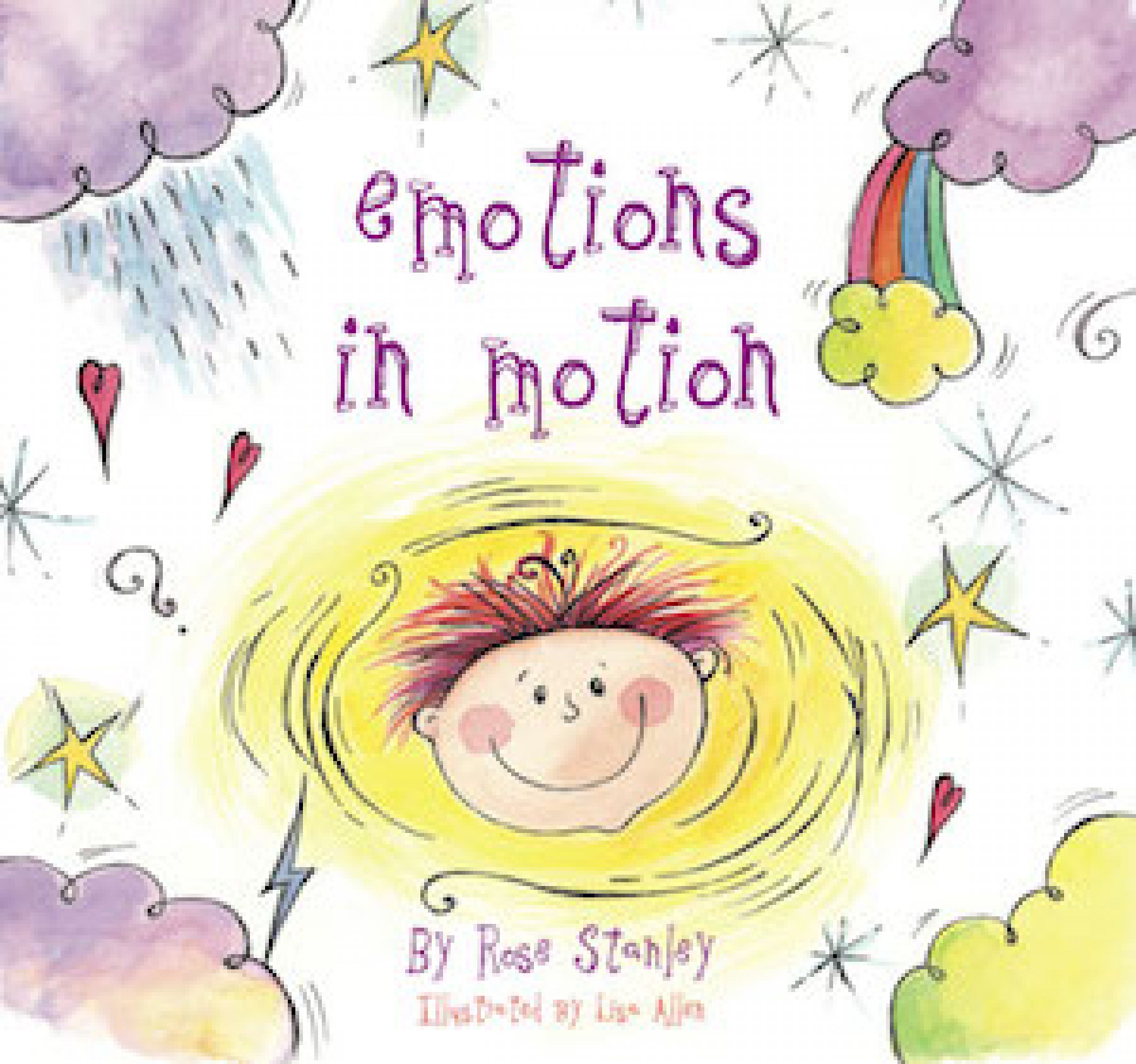We love a book about emotions! The more we have, the more we encourage our children to discover and notice them, learn to manage them and ultimately talk about them. In our own families, there have been times we haven’t known one of our children is feeling sad or lonely, and they’ve used a book about emotions to open up that korero.
We also know from psychology that the more emotionally literate we are and the more normalised emotions are, the more we are able to express our emotions, resulting in better long-term mental health. It’s cool to talk emotions!
Emotions in Motion does just this. It’s a simple little book bringing colour and description to each emotion – colour is another great way to express emotions. Anna noticed with her daughter that the book enabled a conversation about which colours they’d choose to describe emotions. Great stuff!
The range of emotions within this book is also top notch. Stanley takes us through anger, happiness, loneliness, confusion, sadness, disappointment, fear, peace, surprise and love. Love is rainbow colours – this excited us all!
The range of emotions within this book is also top notch. Stanley takes us through anger, happiness, loneliness, confusion, sadness, disappointment, fear, peace, surprise and love. Love is rainbow colours – this excited us all!
Whilst reading the book, Kaye also switched to her therapist “hat”. She noted that over the years she’s had many conversations with tamariki about colours and feelings to contribute to their emotional literacy. In her experience, she has noticed this technique can be interpreted in different ways, and that matching colours to emotions is subjective. Kaye feels that Stanley could have portrayed this a bit more clearly in the initial pages, rather than it being more rule based ie, the colour of happiness is yellow.
The activities section is creative. We thought they were great for older children or for younger with the help of a parent, and recommend them as a classroom activity for Years 2–4. It would be easy to use the questions posed as a pick and mix approach appropriate to the amount of time you may have, and the ages and stages of your tamariki.
Another variation could be encouraging other art activities with colours and feelings or looking at how various artists or illustrators do this differently. The book would therefore act as a great catalyst to springboard great wellbeing activities for tamariki of all ages.
Reviewed by Anna Mowat and Kaye Wolland
Anna Mowat works predominantly as part of the All Right? Wellbeing campaign in Ōtautahi, where she is based. She also delivers Incredible Years parenting courses for the Ministry of Education and is currently working on a Cure Kids research project to create support for parents whose children have emotional regulation issues.
Kaye Wolland is a Registered Psychologist and works in primary health and private practice in Canterbury. Kaye started her career as a social worker and has worked with children, adolescents and families for over 20 years in various settings across child protection, child development, education and mental health. Kaye has also been on the Sparkler's project team which has developed a website wellbeing resource for teachers.
Disclaimer: Please note these reviews are not intended as endorsements or recommendations from the Mental Health Foundation. This feature introduces resources that may be useful for individuals with an interest in mental health and wellbeing topics.

